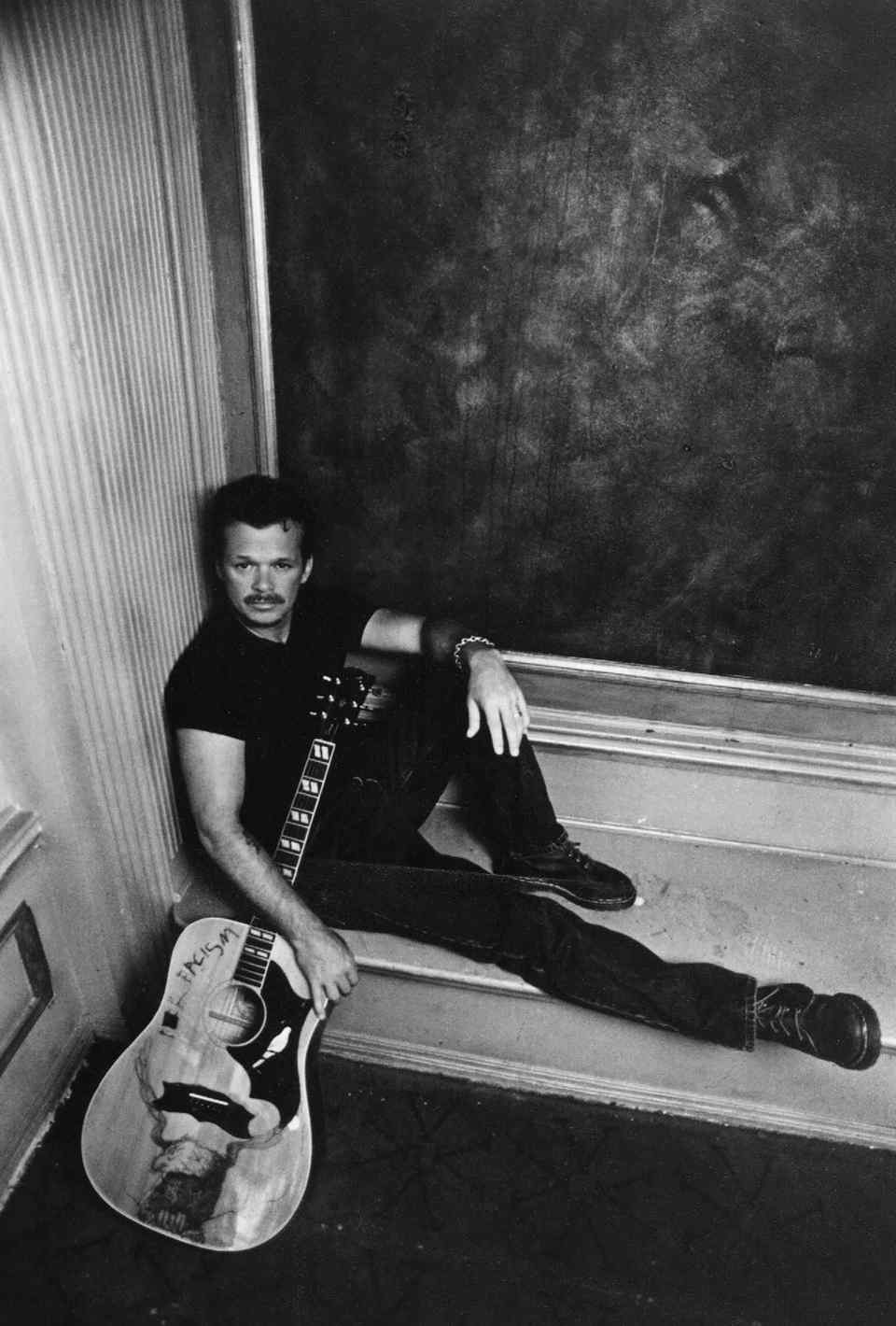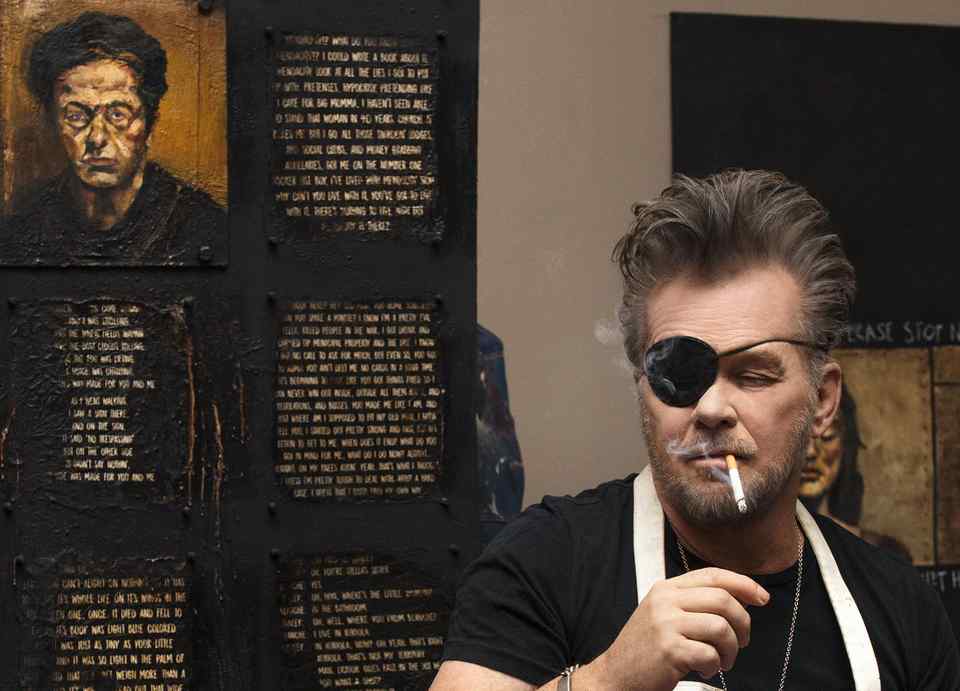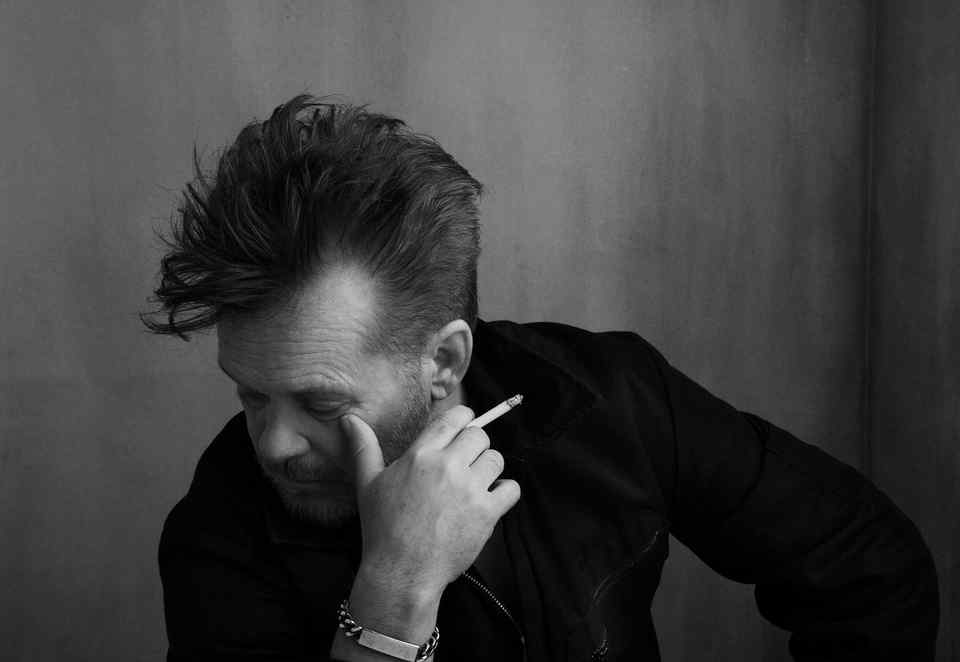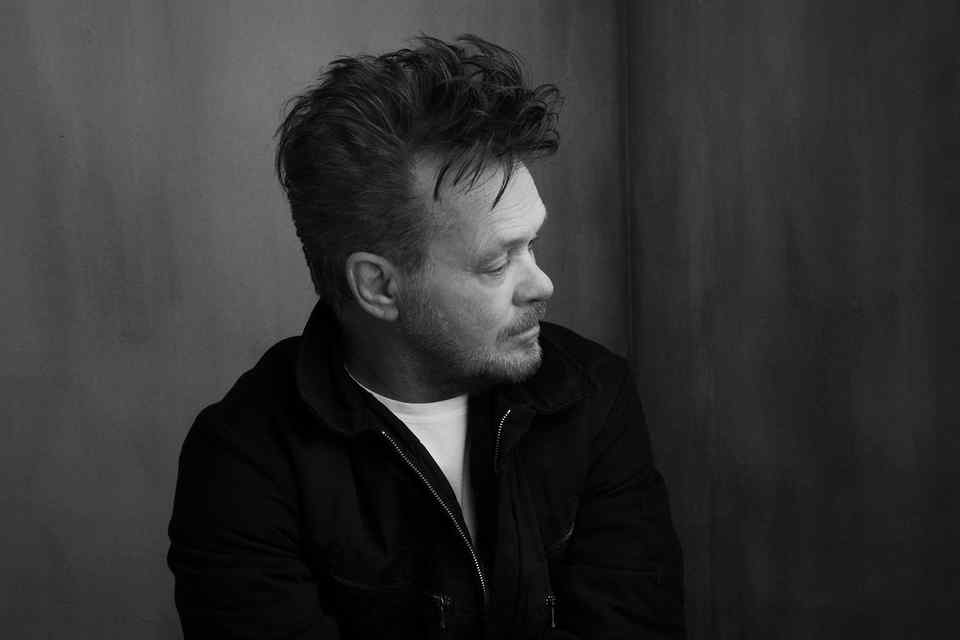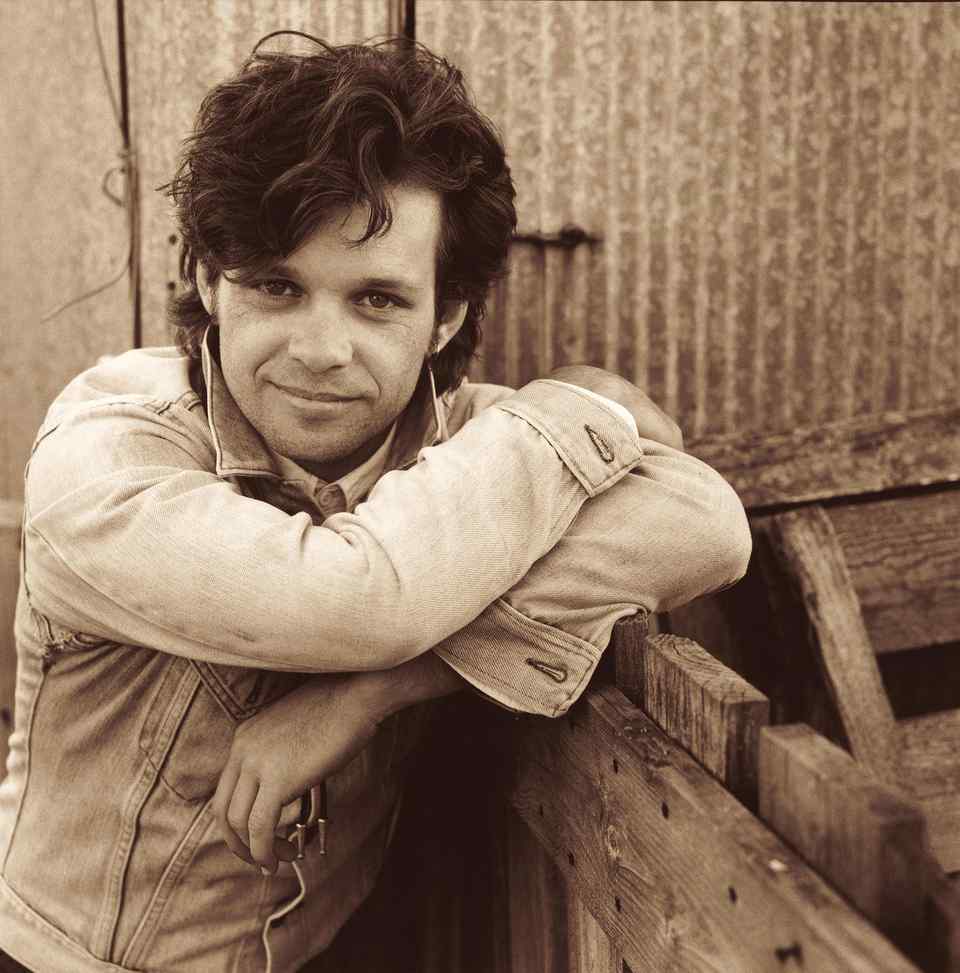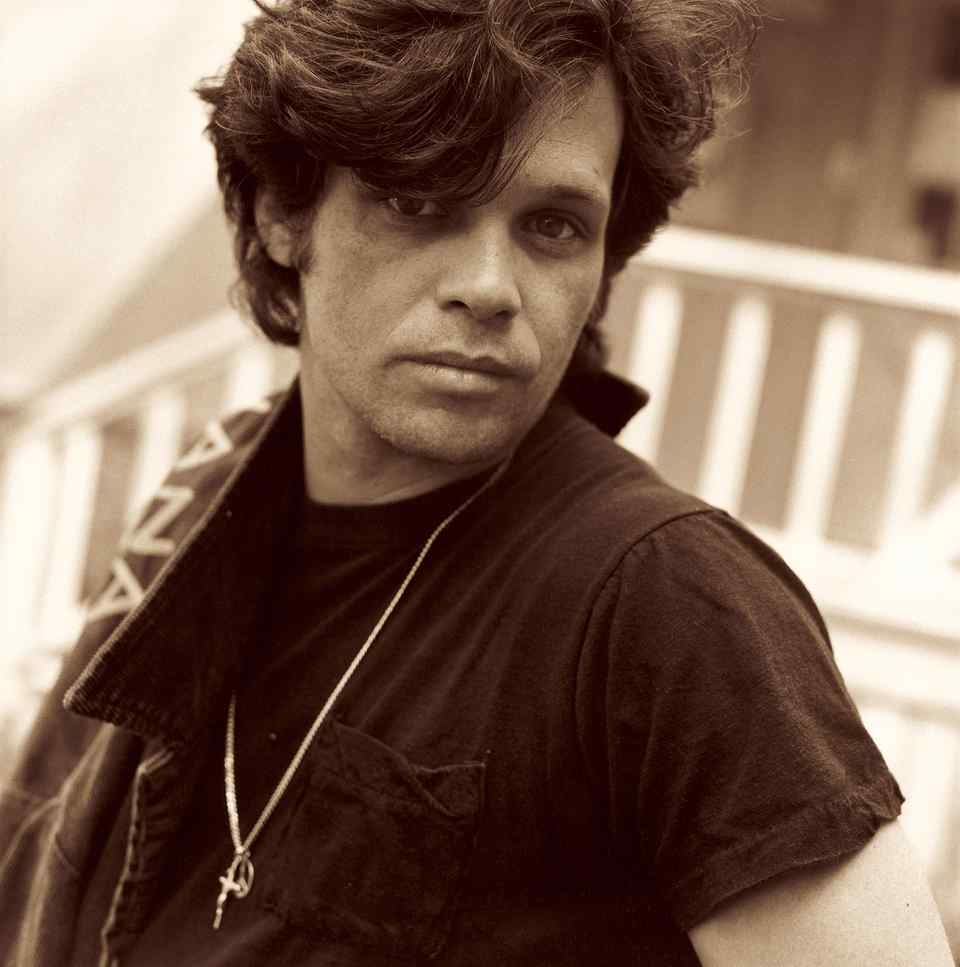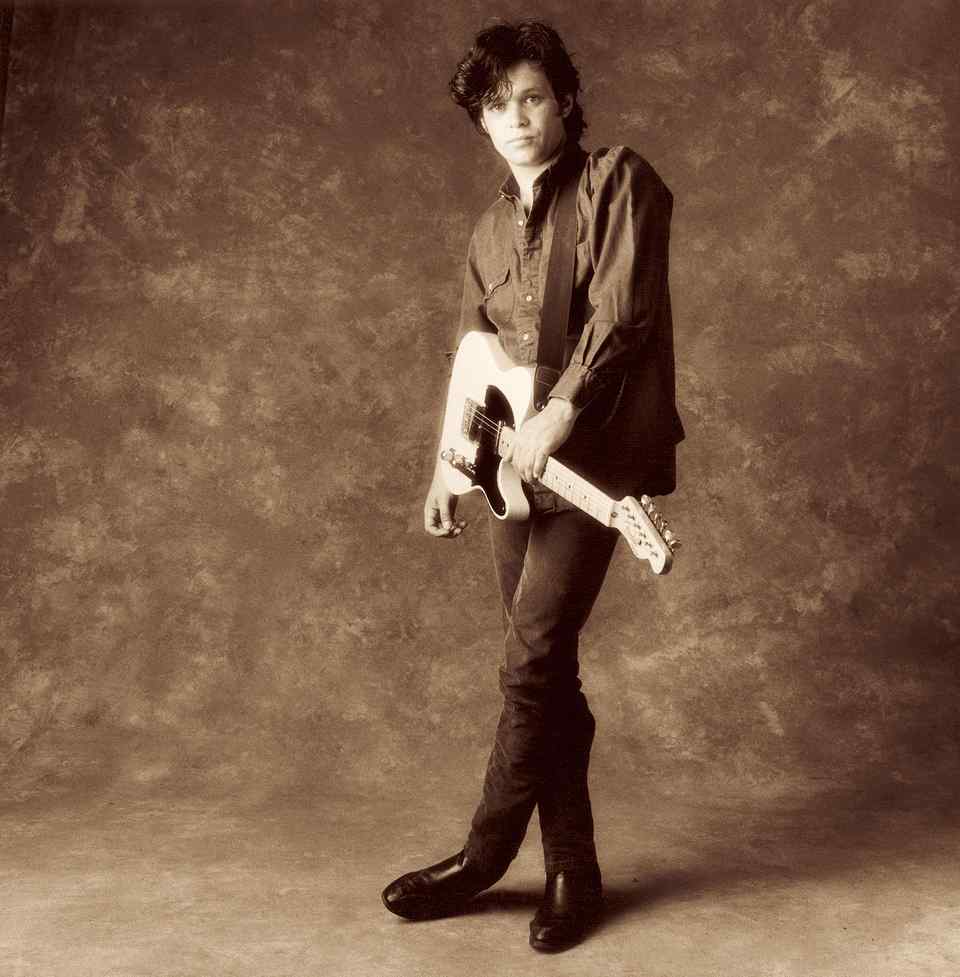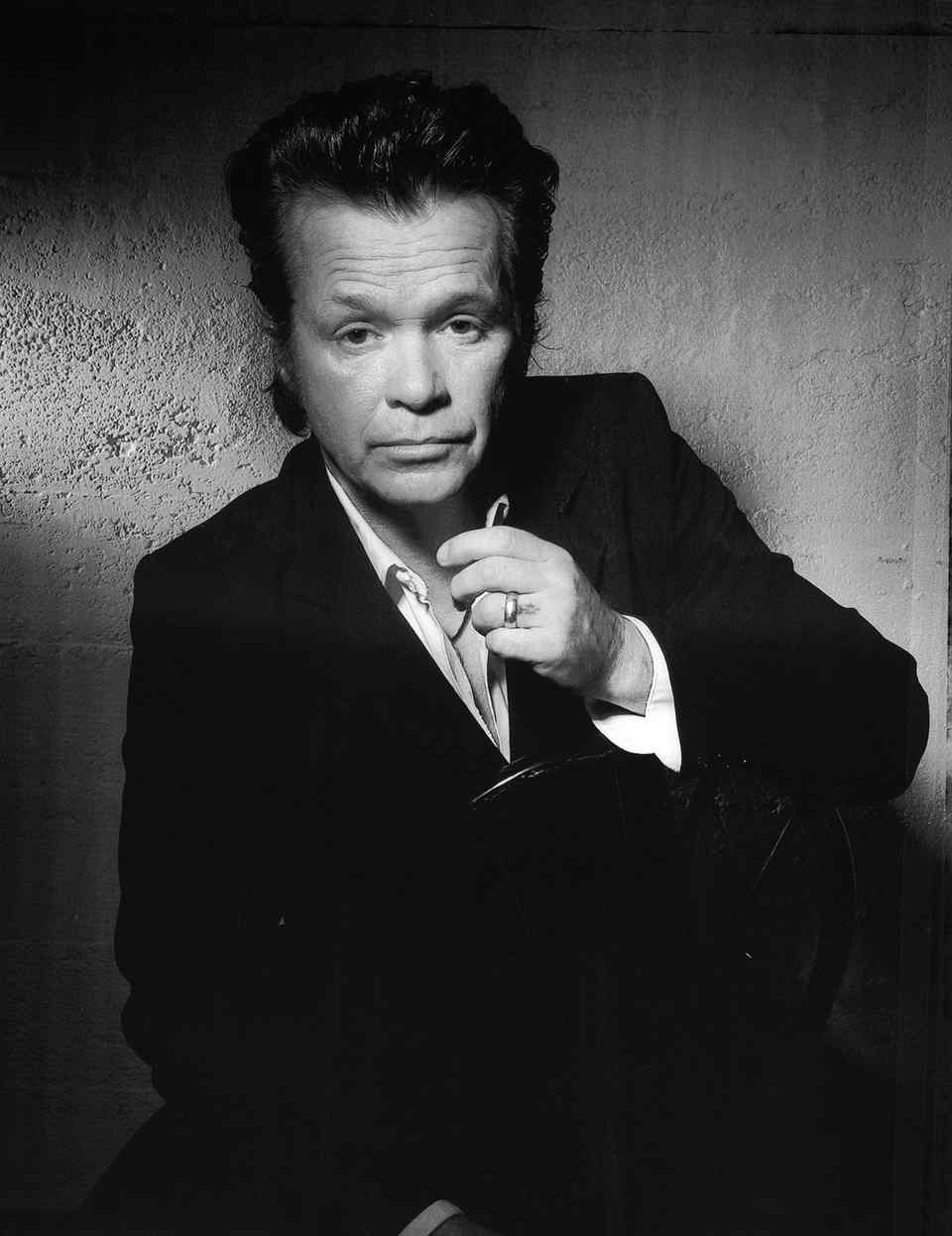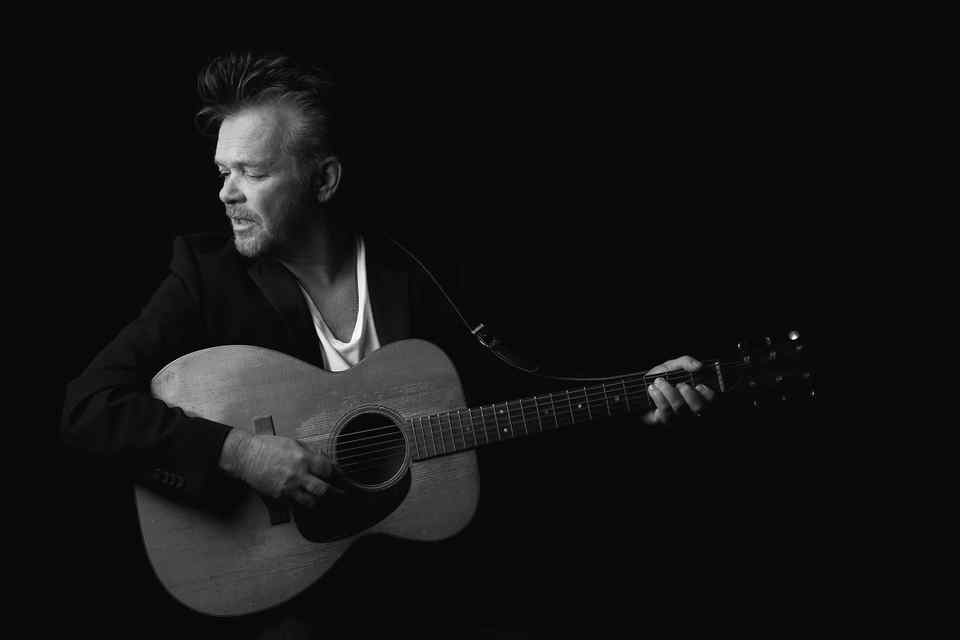Austin Music Source 360 Blog: Mellencamp, In Austin In April, Talks Music History and more
Austin360.com By Brian T. Atkinson
Now here’s serious advance notice: John Mellencamp will perform April 2 at the new Austin City Limits Live at Moody Theater. The Indiana native is not doing spring tour press, but he’s now promoting the excellent new “No Better Than This.” We talked to him about the album last month; tickets for his April 2 show go on sale at 10 a.m. Friday ($48 to $130).
First, Mellencamp reveals his ultimate dream for Austin’s favorite son. “Willie Nelson is the backbone of Farm Aid,” he says. “I’ve suggested numerous times that the Nobel Peace Prize (committee) should (consider) what he’s done for the American farmer.”
American-Statesman: Sounds like these new songs came together quickly.
John Mellencamp: Well, I had written a song called “Save Some Time to Dream,” and I was playing it live on tour with (Bob) Dylan. I thought, “Man, I’d like to be able to record this song.” I sat down when I had a few days and wrote what I thought were companion pieces. I let the songs write themselves.
How did ‘Right Behind Me’ take shape?
I knew I was going to be recording where (legendary bluesman) Robert Johnson had recorded. In the most clichéd way, I thought, “I’ve got to write a song about the devil!”
What led you to (San Antonio’s) Gunter Hotel (where Johnson recorded in 1936)?
We tried to get into the Brunswick building in Dallas, which is also where Johnson recorded, but they wouldn’t let us. It’s condemned. There’s no electricity. They said it’s in the most dangerous part of Dallas. We said we’d take our chances, but they said no. The Gunter Hotel was our other choice if we wanted to be where Johnson had been.
What was the atmosphere like in (the hotel’s room 414)?
We knew exactly how everything was supposed to be set up. If you research it, they have drawings and floor plans where Johnson sat and where recording equipment was set up. It had been modernized, but we walked in the room, and the floor plan was exactly the same. Hadn’t changed one iota. So, we walked in and said, “Oh, that’s where it goes.”
What did you learn by using the Ampex (reel-to-reel tape recorder)?
Originally when you recorded music, it was to capture a song in a moment. Technology has slowly led us away from that. You record the drums and put the bass on and construct a song today the way you would construct a house. Nobody captures a moment anymore.
How different was the sound it produced?
There’s a tremendous difference, 180 degrees away from the way records are made today. The quality of digital recording is so inferior to even the Ampex sound. Stuff you buy on iTunes is really garbage. Calling something the future doesn’t make it better. The atomic bomb was a new invention.
What did (producer) T-Bone (Burnett) bring to the project?
I’ve known T-Bone for a long time. When I started making records with him, he said, “Look, John, you had the misfortune of being a rock star. Let’s stop being that and get back to making music. What you’re doing now is appeasing record companies. That’s not music.”
Songwriters always talk about his broad knowledge of music history.
T-Bone Burnett knows more about music from 1930 to 1955 than anybody I know, (but) I referenced “Itchycoo Park” to him one day, and he looked at me and said, “What is that?” I’m like, “You don’t know ‘Itchycoo Park’? By the Small Faces?” “No. Never heard of it.” (He laughs.) But then he’s introducing me to Big Mama whoever from 1939.
Now here’s serious advance notice: John Mellencamp will perform April 2 at the new Austin City Limits Live at Moody Theater. The Indiana native is not doing spring tour press, but he’s now promoting the excellent new “No Better Than This.” We talked to him about the album last month; tickets for his April 2 show go on sale at 10 a.m. Friday ($48 to $130).
First, Mellencamp reveals his ultimate dream for Austin’s favorite son. “Willie Nelson is the backbone of Farm Aid,” he says. “I’ve suggested numerous times that the Nobel Peace Prize (committee) should (consider) what he’s done for the American farmer.”
American-Statesman: Sounds like these new songs came together quickly.
John Mellencamp: Well, I had written a song called “Save Some Time to Dream,” and I was playing it live on tour with (Bob) Dylan. I thought, “Man, I’d like to be able to record this song.” I sat down when I had a few days and wrote what I thought were companion pieces. I let the songs write themselves.
How did ‘Right Behind Me’ take shape?
I knew I was going to be recording where (legendary bluesman) Robert Johnson had recorded. In the most clichéd way, I thought, “I’ve got to write a song about the devil!”
What led you to (San Antonio’s) Gunter Hotel (where Johnson recorded in 1936)?
We tried to get into the Brunswick building in Dallas, which is also where Johnson recorded, but they wouldn’t let us. It’s condemned. There’s no electricity. They said it’s in the most dangerous part of Dallas. We said we’d take our chances, but they said no. The Gunter Hotel was our other choice if we wanted to be where Johnson had been.
What was the atmosphere like in (the hotel’s room 414)?
We knew exactly how everything was supposed to be set up. If you research it, they have drawings and floor plans where Johnson sat and where recording equipment was set up. It had been modernized, but we walked in the room, and the floor plan was exactly the same. Hadn’t changed one iota. So, we walked in and said, “Oh, that’s where it goes.”
What did you learn by using the Ampex (reel-to-reel tape recorder)?
Originally when you recorded music, it was to capture a song in a moment. Technology has slowly led us away from that. You record the drums and put the bass on and construct a song today the way you would construct a house. Nobody captures a moment anymore.
How different was the sound it produced?
There’s a tremendous difference, 180 degrees away from the way records are made today. The quality of digital recording is so inferior to even the Ampex sound. Stuff you buy on iTunes is really garbage. Calling something the future doesn’t make it better. The atomic bomb was a new invention.
What did (producer) T-Bone (Burnett) bring to the project?
I’ve known T-Bone for a long time. When I started making records with him, he said, “Look, John, you had the misfortune of being a rock star. Let’s stop being that and get back to making music. What you’re doing now is appeasing record companies. That’s not music.”
Songwriters always talk about his broad knowledge of music history.
T-Bone Burnett knows more about music from 1930 to 1955 than anybody I know, (but) I referenced “Itchycoo Park” to him one day, and he looked at me and said, “What is that?” I’m like, “You don’t know ‘Itchycoo Park’? By the Small Faces?” “No. Never heard of it.” (He laughs.) But then he’s introducing me to Big Mama whoever from 1939.
